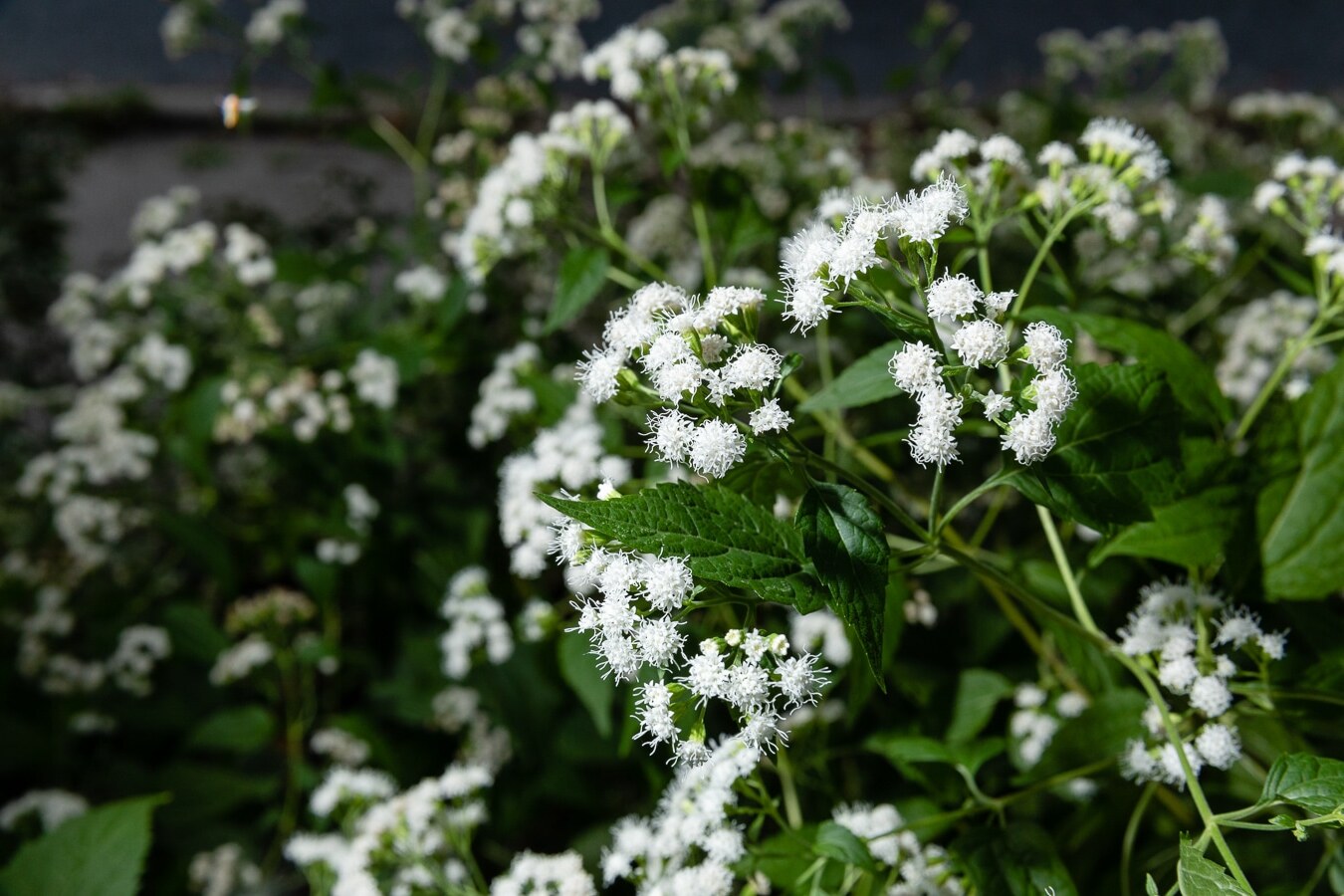
White snakeroot is a plant with a mysterious past and a dangerous reputation. Found in North America, this perennial herb can be both fascinating and deadly. Did you know that white snakeroot contains a toxic substance called tremetol? Consuming it can lead to "milk sickness," which historically affected both livestock and humans. Even Abraham Lincoln's mother fell victim to this illness. Despite its dangers, white snakeroot has been used in traditional medicine for various ailments. Curious about how this plant impacts the environment and its role in history? Let's dive into 33 intriguing facts about white snakeroot that will leave you both informed and amazed.
What is White Snakeroot?
White snakeroot is a plant native to North America. It has a fascinating history and some surprising characteristics. Let's dive into some intriguing facts about this plant.
-
Scientific Name: The scientific name for white snakeroot is Ageratina altissima. It belongs to the Asteraceae family.
-
Appearance: This plant typically grows to about 1 to 3 feet tall. It has flat-topped clusters of small, white flowers.
-
Habitat: White snakeroot thrives in shady areas, often found in woodlands and along streams.
-
Toxicity: The plant contains a toxic compound called tremetol. Consuming it can be deadly for both humans and animals.
-
Historical Impact: In the 19th century, many settlers died from "milk sickness," caused by drinking milk from cows that had ingested white snakeroot.
-
Abraham Lincoln's Mother: Nancy Hanks Lincoln, Abraham Lincoln's mother, is believed to have died from milk sickness.
-
Medicinal Uses: Despite its toxicity, Native Americans used white snakeroot for medicinal purposes, such as treating snake bites.
-
Pollinators: The flowers attract various pollinators, including bees and butterflies.
The Plant's Growth and Reproduction
Understanding how white snakeroot grows and reproduces can provide insights into its spread and control.
-
Seed Dispersal: The plant produces seeds that are dispersed by wind, allowing it to spread over large areas.
-
Root System: It has a fibrous root system that helps it anchor in various soil types.
-
Perennial Nature: White snakeroot is a perennial plant, meaning it can live for more than two years.
-
Flowering Season: The plant typically flowers from late summer to early fall.
-
Germination: Seeds require a period of cold stratification to germinate effectively.
-
Growth Rate: It grows relatively quickly, which can make it challenging to control in some areas.
Ecological Impact
White snakeroot plays a role in its ecosystem, affecting both flora and fauna.
-
Invasive Potential: In some regions, white snakeroot is considered invasive due to its rapid spread.
-
Soil Health: The plant can grow in poor soil conditions, often improving soil health by preventing erosion.
-
Wildlife Interaction: While toxic to many animals, some wildlife, like deer, can consume it without apparent harm.
-
Companion Plants: It often grows alongside other woodland plants like ferns and wildflowers.
-
Biodiversity: By providing nectar, it supports a variety of pollinators, contributing to local biodiversity.
Human Interaction and Control
Humans have had to find ways to manage and coexist with white snakeroot.
-
Identification: Recognizing white snakeroot is crucial for preventing milk sickness. Its white flowers and serrated leaves are key identifiers.
-
Control Methods: Methods to control its spread include manual removal, herbicides, and controlled burns.
-
Agricultural Impact: Farmers need to be vigilant, as the plant can contaminate pastures and hay.
-
Educational Efforts: Educating the public about the dangers of white snakeroot has helped reduce incidents of milk sickness.
-
Research: Ongoing research aims to find more effective ways to manage and utilize the plant.
Fun and Lesser-Known Facts
Here are some fun and lesser-known tidbits about white snakeroot.
-
Name Origin: The name "snakeroot" comes from the belief that the plant could cure snake bites.
-
Cultural References: White snakeroot has appeared in various cultural references, including literature and folklore.
-
Flower Structure: Each flower head contains numerous tiny florets, making it a composite flower.
-
Leaf Shape: The leaves are triangular with sharply serrated edges, making them quite distinctive.
-
Historical Uses: Early settlers sometimes used the plant as a natural insect repellent.
-
Scientific Studies: Studies have shown that tremetol, the toxic compound, affects muscle function and can lead to tremors.
-
Seasonal Changes: The plant's appearance changes with the seasons, with leaves turning yellow in the fall.
-
Propagation: Besides seeds, white snakeroot can also propagate through its root system.
-
Longevity: Individual plants can live for several years, contributing to their persistence in an area.
The Final Word on White Snakeroot
White snakeroot is more than just a pretty plant. It's a fascinating species with a dark history. This plant, often found in woodlands and shady areas, contains a toxic substance called tremetol. Consuming it can lead to "milk sickness," a condition that once caused many deaths, including Abraham Lincoln's mother. Despite its dangerous side, white snakeroot has a unique place in nature. It supports pollinators like bees and butterflies, contributing to the ecosystem's health. Knowing these facts can help you appreciate the plant's role and handle it with care. Whether you're a nature enthusiast or just curious, understanding white snakeroot adds a layer of respect for the natural world. Stay informed, stay safe, and enjoy the wonders of nature responsibly.
Was this page helpful?
Our commitment to delivering trustworthy and engaging content is at the heart of what we do. Each fact on our site is contributed by real users like you, bringing a wealth of diverse insights and information. To ensure the highest standards of accuracy and reliability, our dedicated editors meticulously review each submission. This process guarantees that the facts we share are not only fascinating but also credible. Trust in our commitment to quality and authenticity as you explore and learn with us.
